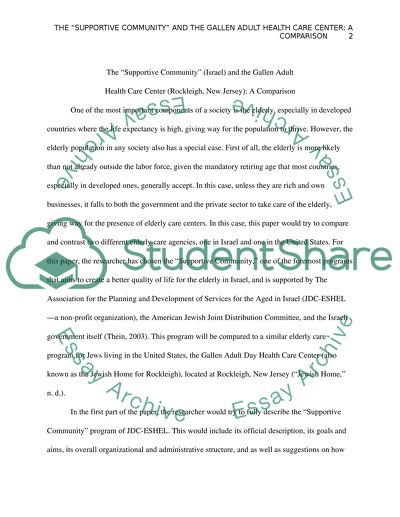Cite this document
(“MSW degree: compare and contrast elderly agency site visited in Israel Term Paper”, n.d.)
Retrieved from https://studentshare.org/environmental-studies/1408831-msw-degree-compare-and-contrast-elderly-agency
Retrieved from https://studentshare.org/environmental-studies/1408831-msw-degree-compare-and-contrast-elderly-agency
(MSW Degree: Compare and Contrast Elderly Agency Site Visited in Israel Term Paper)
https://studentshare.org/environmental-studies/1408831-msw-degree-compare-and-contrast-elderly-agency.
https://studentshare.org/environmental-studies/1408831-msw-degree-compare-and-contrast-elderly-agency.
“MSW Degree: Compare and Contrast Elderly Agency Site Visited in Israel Term Paper”, n.d. https://studentshare.org/environmental-studies/1408831-msw-degree-compare-and-contrast-elderly-agency.


